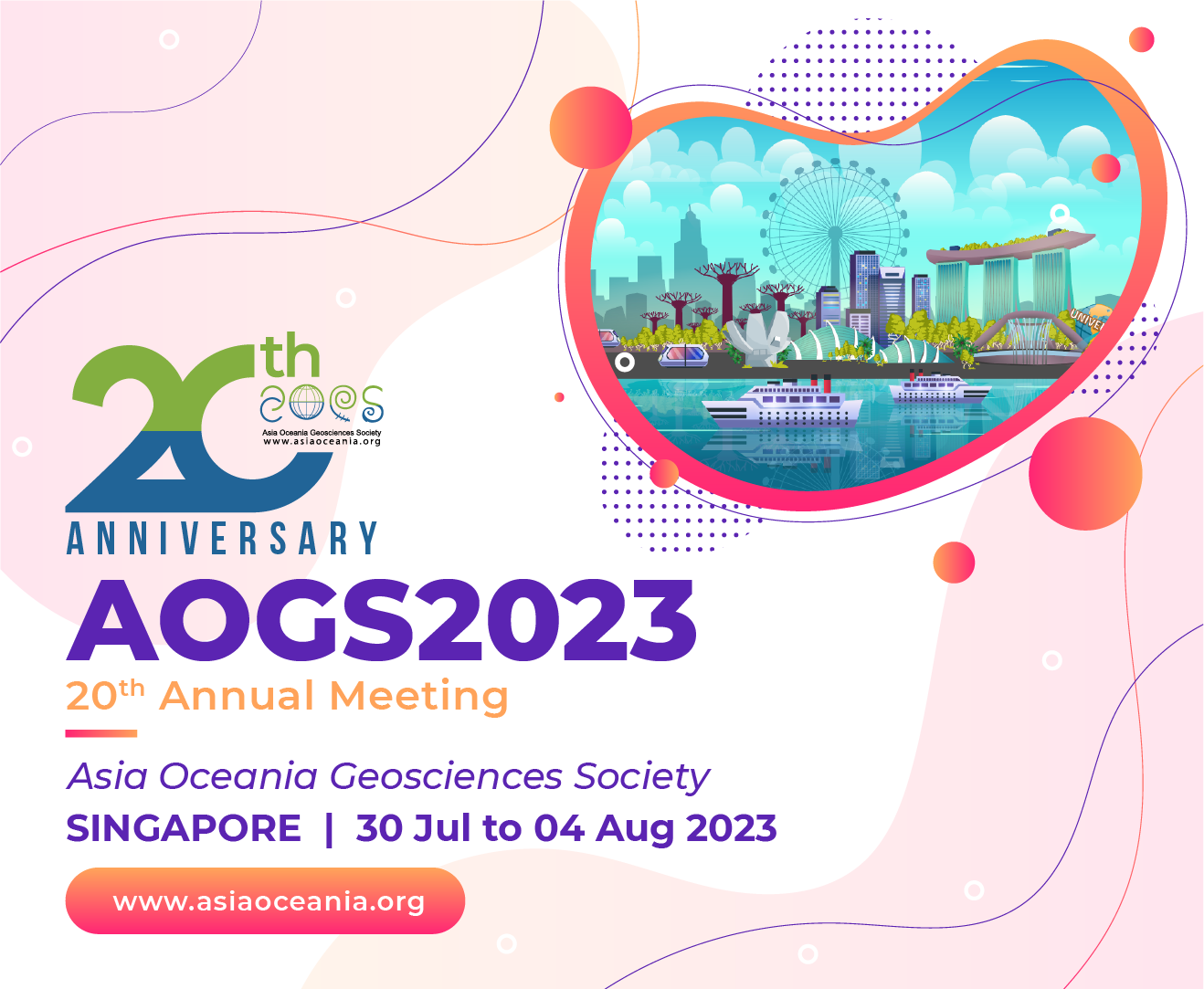

Emma HILL
Nanyang Technological University
Prof Emma Hill is Chair of the Asian School of the Environment at Nanyang Technological University (NTU), Singapore. She also holds the titles of Provost’s Chair in Earth Sciences, NTU, and Principal Investigator at the Earth Observatory of Singapore. In her previous role she was Director of Research and Strategy for EOS. Prior to joining NTU in 2010, Emma was a Postdoctoral Fellow at the Harvard-Smithsonian Center for Astrophysics, USA. She obtained her Ph.D. in Geophysics (2005) from the University of Nevada, Reno, USA, and her B.Sc. in Surveying and Mapping Sciences (1999) from the University of Newcastle-upon-Tyne, UK. She was awarded the American Geophysical Union Geodesy Award in 2016, a Singapore National Research Foundation (NRF) Fellowship in 2011, and a Singapore NRF Investigatorship in 2019.
Emma’s research focuses on studying natural hazards, sea-level change and disasters in Southeast Asia, using space geodesy and numerical modelling. Much of her recent research has focused on understanding the tectonic behaviour of the Sumatran subduction zone, which has generated a host of great earthquakes in the last few decades. Emma is the Lead Principal Investigator for the “Integrating Volcano and Earthquake Science and Technology (InVEST)” project, a recently funded initative which brings together a large and interdisciplinary group of scientists to study the Southeast Asian Ring of Fire, its many hazards, and how they interact.
SE Distinguished Lecture | 31 July (Mon) 12:20 PM – 1:10 PM | Level 3 MR332
Approaching the 20th Anniversary of the Great 2004 Aceh-Andaman Earthquake and Tsunami: Lessons Learned on Tectonics, Hazards, and Resilience along the Sumatran Subduction Zone
Abstract: The 26
Next year, 2024, will mark a significant anniversary for this tragedy, and an important moment to assess what we’ve learned and how that information can be used towards preventing future disaster. In preparation, therefore, we will review in this talk what’s been learned from geodesy, paleogeodesy, geology, seismology, social science and other published studies of Sumatran tectonics over the past few decades. We’ll discuss the nature of persistent barriers to great earthquake ruptures, new knowledge on partitioning of plate convergence, the discovery of very long slow-slip events, new understanding of postseismic behavior, and what we’ve learned about the significant hazard potential of the shallow megathrust. We’ll also highlight significant indirect effects of Sumatran tectonics, such as their influence on regional relative sea levels. And finally, we’ll consider how these results impact our understanding of regional hazards, with takeaways for resilience planning.
